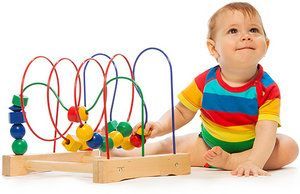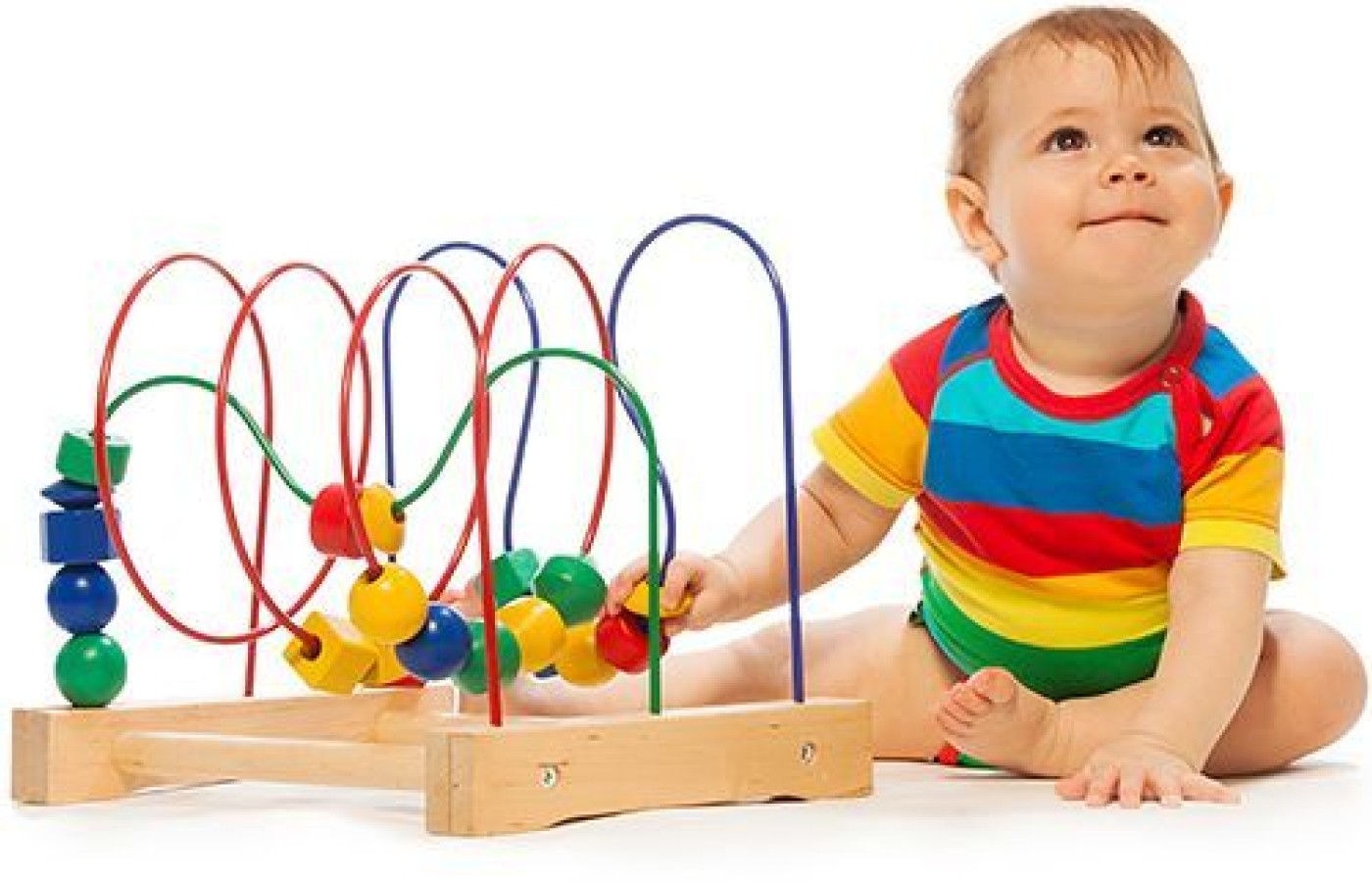Recent laws in New Jersey and California represent a disturbing trend that will negatively impact a practice’s ability to collect monies from patients, as well as expose them to significant penalties if the practice does not follow the mandatory guidelines to a T. Please be aware that a similar law may be coming to your state. The time to act is before the law is passed.
Case Study: 2-Year-Old Suffering From Urinary Reflux
A19-month-old female child presented to my office for treatment. Her mother reported the child had been diagnosed with urinary reflux and associated urinary tract infections, recurrent bouts of otitis media and inability to sleep. The child's problems had started about a year ago as she was learning to walk. During this stage of development, a child falls many times on their bottom, sometimes subluxating their sacrum.
The child had undergone radiographs; an MRI, which indicated her left kidney was swollen; and a CT scan with dye injected into her ureter. She had been on antibiotics for a year, with the next proposed step one of two surgeries: putting a one-way valve in her ureter, which her mother was warned would probably fall out; or removing her current ureter and surgically reconstructing a new one. Her mother estimated she had spent more than $10,000 and a trip to Salt Lake City to see a specialist, with no improvement in the child's condition.
Evaluation / Treatment
The child appeared of normal height and weight for her age. She walked with a galloping gait, dragging her left leg, which was externally rotated. Lying prone, her pelvis appeared twisted.
Motion and static palpation revealed a PI right ilium and a PS left sacrum. The gluteus maximus squeeze test confirmed a twisted sacrum. (Squeeze the glutes together and the gluteal crease will go to the contralateral side of the PS sacrum.) C1 through C4 were PR in her cervical spine.

I adjusted her with a drop at her pelvis and a rotary break at her neck.
Outcome / Follow-Up
She returned seven days later a much happier child. She now ambulates like a normal 2-year-old, sleeps through the night and no longer complains of abdominal or ear pain. I could not find any subluxations in her spine or pelvis. Her mother reported by phone three weeks later that the child had not experienced any recurrence of her problems.
Explaining the Results
In my 25 years of practice, I have had good results treating otitis media,1 strabismus, asthma and nocturnal enuresis.2 This was the first child I have treated for urinary retention.
The pudendal nerves, which arise from the S2, S3 and S4 cord segments, provide motor innervation to the external bladder sphincter and carry afferent messages to the brain.3 Fusion of the osseous sacral segments does not occur until after the second decade, meaning subluxation can occur between the sacral segments in children. Subluxation of the sacral segments can compromise the pudendal nerve, which transmits the message of the need to urinate to the brain and contains the motor fibers that maintain tonic contraction of the external bladder sphincter.4
I always ask new patients about their children's health and advise chiropractic care if I think I can help – with amazing results sometimes.
References
- Hough D. "Chiropractic Treatment for Otitis Media: A Safer, Less Expensive Alternative." Today's Chiropractic,
Nov/Dec 1999. - Hough D. "Case Management of Nocturnal Enuresis." Today's Chiropractic, July 2001.
- Netter FH. Atlas of Human Anatomy, 2nd Edition. Novartis, 1997; plate #387.
- Warwick R, Williams P (editors). Gray's Anatomy, 35th Edition. Edinburg: Longman, 1973; pg. 246.



